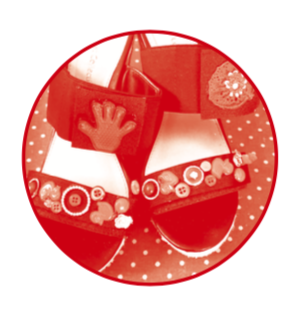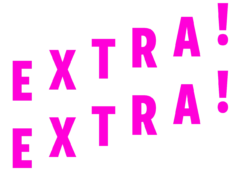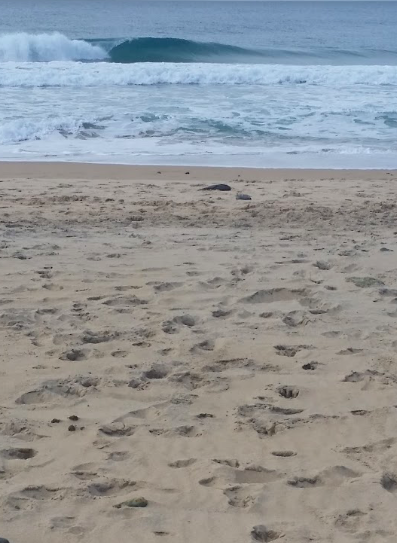by Juundaal Strang Yettica

“I don’t know much about much but the learning keeps me alive!”
Photograph credit: Juundaal Strang-Yettica, Fairy Meadow Beach, digital photograph, 2019
Hello! It’s good to have you with me again and I must thank you for your Letters to the Editor! Your responses and questions are so welcome! So, shall we go in?
After our conversations about respect for Country and our Traditional Custodians, last week, through Jonathan Jones’ barrangal dyara (skin and bones), 2016, we touched upon self-accountability in land-art… let’s walk that path? This week I hope to bring you closer to a sense that ethical land-art practice is not only an Indigenous thing but that it is accessible and achievable for artists from any cultural background. What I hope to leave you with is this: it’s not a paint-by-numbers system of protocols, but a set of principles that might help guide culturally ethical land-art practice.
It seems to me that as more and more people come to embrace the holistic, environmental knowledges of Indigenous cultures, and what it means to be entwined within socio-ecology, we might begin to absorb the idea of shared responsibility. The need to engage with Indigenous people, sciences and environmental knowledges is compounded by the urgent needs of the environment. Climate change and environmental crises exist for all things of nature, from the bacteria and microbes, through all plants, all soils, oceans, rivers, to the smallest and largest animals. The environment requires our social cohesion.
If we of the art community can harness our concerns for the environment through eco-aesthetics with meaningful demonstrations of respect for Country and its Indigenous people, perhaps our efforts would go some way to reorientating Australia’s cultural changes over time.
So how can land-artists align and demonstrate respect for Country and Indigenous people in their practice? Well, I’ve done some looking and what I’ve found is that there’s not one blanket set of protocols for the state or the nation. Now, this is understandable and a good thing! What it means is that art agreements, protocols and collaborations are local to the Indigenous people and places where they’re undertaken.
But some common themes emerge. And folks, the more I looked the more I found!
Ethical artistic engagement with Indigenous people is brought together through these principles: respect, reciprocity, reflexivity, relationships and partnerships, representation and meaningful reflection.
It’s apparent that so very much work has been done, it cannot be avoided.
In your art practice, look to your galleries, museums and universities and their policies and practices. Be humble and brave at the same time and seek out ethical, collaborative relationships with your Indigenous community. Indigenous agencies to connect with might include the local Aboriginal Land Council, art gallery or Indigenous centre on a university campus. In effect we in the art community have before us the opportunity to form diverse trans-cultural coalitions with Indigenous communities for cultural revitalisation. We can be eco-diplomats to address the environmental crises that the whole world is confronted with.
The healing and respect for this Land we all live upon requires that diversity and respectful collaboration become the new norm. Furthermore, culture and nature cannot be separated. Diversity and culture are inextricably interconnected and entwined with biodiversity and require all of us to respond. In these most serious of environmental times, I think artists can undertake a serious role, not only as warning messengers but as translators and problem solvers in the new socio-ecology.
Now, wow! That feels like a huge amount for you to digest during our short amount of time together! So, the take-away I’d like to give you is this: in these times of environmental crises, collectively and respectfully, we have the ability to heal our relationships with the planet if we undertake to simultaneously heal our relationships with each other.
Before I say goodbye for this week, here are a couple of readings on some of the things we’ve been yarning about:
The Indigenous Roadmap Project (2018), produced by Terry Janke and Company
Protocols for Working with Indigenous Artists (2007), produced by the Australia Council for the Arts
“Art Ecology & Institutions” (2013) by Lam, Ngcobo, Perskian, Thompson, Witze & Liberate Tate, in Third Text Vol 27, No. 1.
“Not just a pretty picture: art as ecological communication” (2007), by Catriona Moore, in Gavin Birch (ed), Water, wind, art and debate: How environmental concerns impact on disciplinary research, Sydney University Press.

